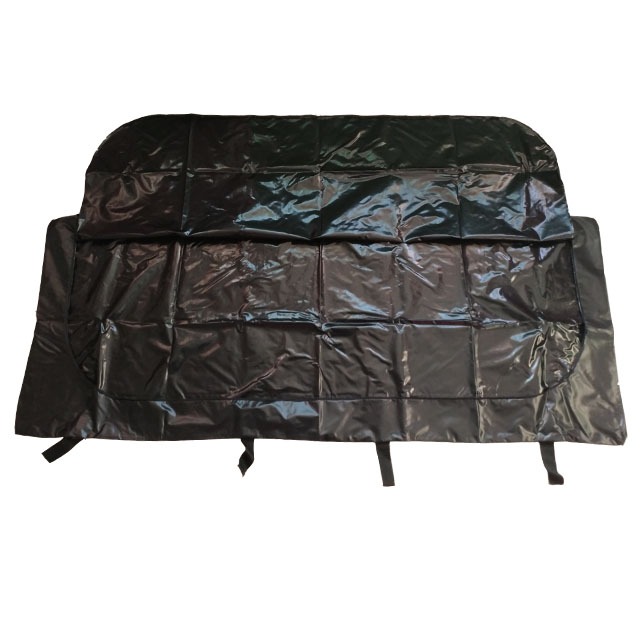What Materials Are Typically Used for Body Bags? Which Is More Durable?
When discussing body bags, one of the most important aspects to consider is the material they are made from. The choice of material directly impacts the bag’s durability, usability, and effectiveness in various situations. Let’s explore the common materials used for body bags and determine which ones offer the best durability.

Common Materials Used in Body Bags
1. Polyethylene
Polyethylene is one of the most commonly used materials for body bags, especially in hospitals and emergency services. This lightweight plastic is often chosen for its affordability and ease of use.
- Pros:
- Cost-Effective: Polyethylene bags are generally less expensive, making them ideal for high-volume use.
- Waterproof: They provide a barrier against moisture, which is essential for preserving the integrity of the remains.
- Cons:
- Limited Durability: While they serve well for temporary needs, polyethylene bags can tear more easily than other materials, making them less suitable for heavy-duty applications.
2. Vinyl
Vinyl body bags offer a step up in durability compared to polyethylene. They are thicker and more resistant to punctures, which makes them a popular choice for law enforcement and long-distance transport.
- Pros:
- Durable: Vinyl is known for its strength and is less likely to tear or puncture during handling.
- Easy to Clean: These bags can be wiped down and sanitized, which is crucial in maintaining hygiene.
- Cons:
- Weight: Vinyl bags are heavier than polyethylene, which can make them slightly more cumbersome to handle.

3. Heavy-Duty Nylon
For those looking for maximum durability, heavy-duty nylon is often the best choice. These bags are designed to withstand harsh conditions and are ideal for outdoor use or disaster recovery situations.
- Pros:
- Highly Durable: Nylon bags are tough and resistant to wear and tear, making them suitable for prolonged use.
- Weather Resistant: They can handle various environmental conditions, from heavy rain to extreme temperatures.
- Cons:
- Cost: Heavier-duty materials like nylon are typically more expensive, which may be a consideration for some budgets.
4. Specialized Materials
In cases where biohazardous materials or infectious diseases are involved, specialized body bags made from reinforced materials are essential. These bags provide extra protection for both the remains and those handling them.
- Pros:
- Enhanced Protection: They are designed to prevent leakage and contamination, which is critical in sensitive situations.
- Tamper-Proof Seals: Many of these bags come with secure seals to maintain the integrity of the remains.
- Cons:
- Cost and Weight: These bags tend to be more expensive and can be heavier, which may complicate handling.
Which Material is More Durable?
When it comes to durability, heavy-duty nylon generally takes the lead. It offers the best combination of strength, weather resistance, and longevity. While polyethylene and vinyl have their places, especially for temporary or less demanding situations, they can’t match the robustness of nylon.
Ultimately, the choice of material should depend on the specific needs of the situation. If you’re in a hospital setting where speed and cost-effectiveness are key, polyethylene might be sufficient. However, for law enforcement or disaster response scenarios, investing in heavy-duty nylon or specialized bags would be wise.
Conclusion
In conclusion, the materials used for body bags play a critical role in their effectiveness and durability. Understanding the pros and cons of each material can help professionals select the right bag for their needs. Whether prioritizing cost, weight, or durability, making an informed choice ensures that the deceased are treated with the respect and care they deserve.
